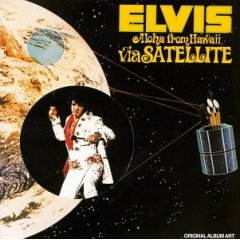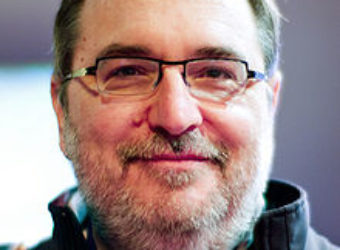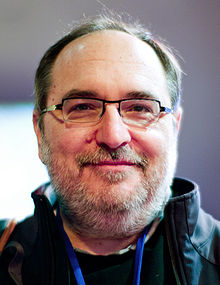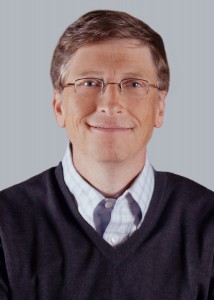February 26, 1991: Introduction of first Web Broswer – WorldWideWeb
Subscribe! Spotify | RSS | More
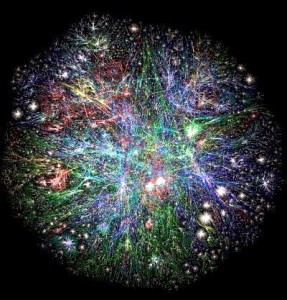
1991 – Sir Tim Berners-Lee showed everyone the first web browser and WYSIWYG (What You See Is What You Get) HTML editor. The Browsers’ name was called “WorldWideWeb”, but was later changed to “Nexus”. Berners-Lee ran it on the NeXTSTEP platform and worked with not only the File Transfer Protocol (FTP), but the Hypertext Transfer Protocol (HTTP). Nexus is not in production anymore.

Subscribe to Day In Tech History:
RSS Feed - iTunes - Android - Spotify - iHeartRadio
Facebook -
- RSS Bandwidth by Cachefly Get a 14 Day Trial
- Join me on Patreon and support Day in Tech History
- 3Com announces they will acquire US Robotics
- Intel introduces the Pentium III
- Yahoo launches Buzz

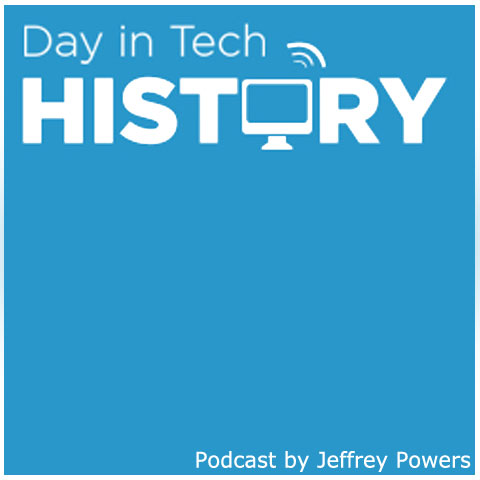


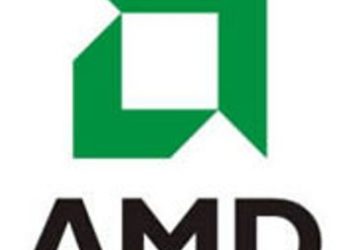
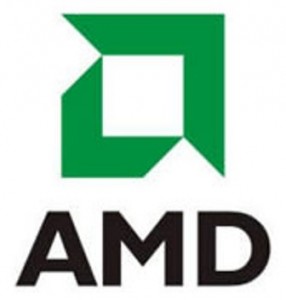

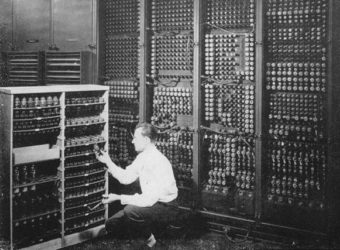
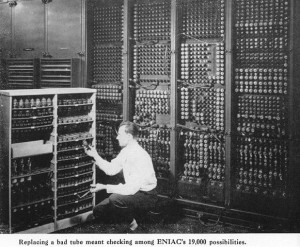

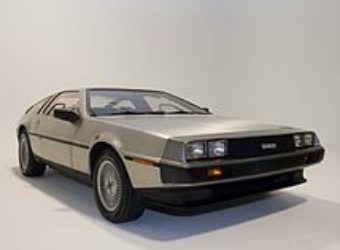
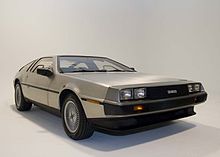
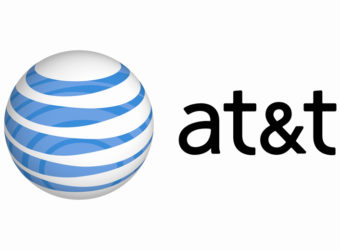
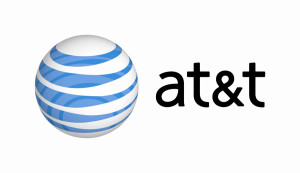
![Aloha_from_Hawaii_Via_Satellite[1] Aloha from Hawaii](https://dayintechhistory.com/wp-content/uploads/2020/01/Aloha_from_Hawaii_Via_Satellite1-1-340x250.jpg)
